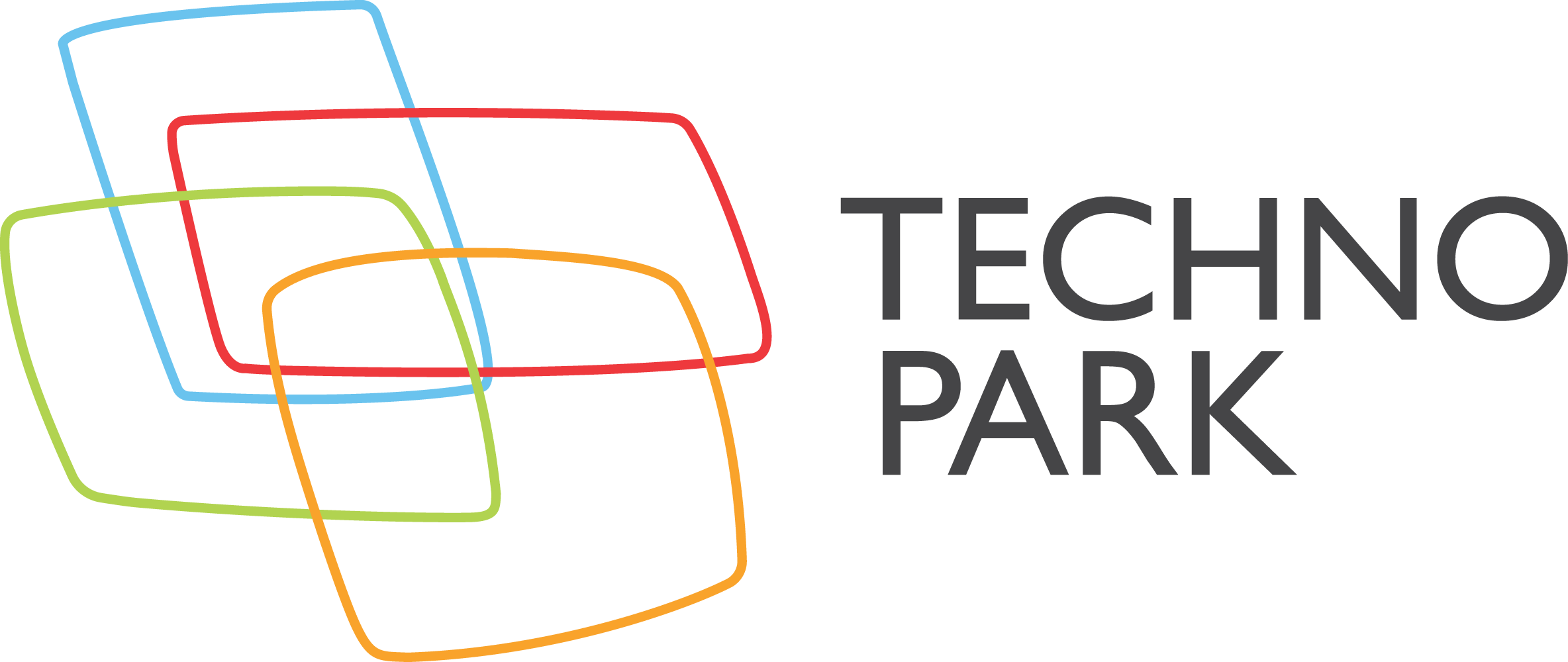In a changing work order, how do you keep pace and build an understanding of yourself and your career as you try and navigate what at times can feel like shifting sands?
The traditional career path is dead
What does a standard career trajectory look like?
The traditional notion of a career path looks something like this – it begins with education, progresses to an entry-level job, involves climbing the corporate ladder and culminates in retirement. However, this dominant narrative does not necessarily hold up anymore in the 21st century. As noted in the Atlantic.com article The new Normal:
Experts agree that the era when workers could reasonably expect—or even desire—lifetime employment at a single job is a relic of the past … The modern career trajectory isn’t necessarily a climb to a destination, but rather a continuum.
The Futurist April Rinne contends the “pace of change today is faster than it’s ever been, and yet it’s likely to never be this slow again”. Technological changes, market volatility, environmental concerns as well as geopolitical insecurities all impact the way we organise work. And, if we have learned anything over the last two years, the landscape is changing rapidly.
So, in this changing environment, how do you keep pace and build an understanding of yourself and your career as you try and navigate what at times can feel like shifting sands?
Here are four strategies you can easily harness to help you navigate the changing nature of work.
1. Prime your mindset for change
Change is a constant and the challenges that accompany changes, good or bad, can even be major catalysts for personal growth. According to Rinne, COVID has shown us that it is imperative to develop an adaptable and flexible mindset that can level out our relationship to change. Rather than thinking of one’s career as a ladder with linear trajectories, Facebook COO Sheryl Sandberg, for example, encourages people to imagine a jungle gym full of creative exploration, with multiple paths to the top. According to Sandberg, “the ability to forge a unique path with occasional dips, detours and even dead ends presents a better chance for fulfilment”.
2. Know what you don’t want
Humans, according to Dorie Clarke, are hardwired to dislike uncertainty. This explains our relentless obsession with predicting the future. This obsession can, however, lead us to making premature decisions. Clarke advises to identify and get clarity on what you don’t like and then take steps to avoid those things. “It’s much easier to identify things you know you dislike”, writes Clarke, “rather than ideating about a hypothetical future”.
3. Don’t rely on your experience to direct action
According to Forbes senior contributor Caroline Ceniza-Levine, while experience brings wisdom and perspective, past experience can’t always guide you through times of uncertainty and change. Rather, relying on past experience can lead to missing or misreading new trends. Avoiding insular thinking can, she says, help you to proactively tap into other industries, companies, knowledge and people outside your immediate area of focus.
4. Learn adaptable skills, unlearn redundant ones
According to Clarke, the myriad of professional choices we might make leads to decision paralysis and no action at all. She recommends doubling down on foundational skills and knowledge that will make you better, no matter what direction you ultimately decide to pursue. Skills in areas such as public speaking and time management are likely to be useful in almost any profession. Digital proficiencies such as navigating social platforms, using mobile technology and basic website programming are obvious examples of skillsets that most people need to learn to stay competitive. Ceniza-Levine, however, also highlights the need to unlearn redundant skills that don’t fit into the changing work order. For example, in a world of flat structures and fluid hierarchies, a command-and-control management style might have to be unlearned in favour of a more collaborative approach.
Accepting change is the first step to thinking strategically
Running around randomly, trying to capitalise on perceived opportunities and while avoiding pitfalls is not an optimal approach to developing a long-term career approach. But how can you adopt a strategic lens when you might not be entirely sure where you want to end up? According to Clarke, one of the most important elements in thinking strategically about your career is understanding that our lives operate in cycles and that we have to recognise where we are in that process. Priming your mindset for change; understanding what you don’t want; accepting the flaws in your lived experience; and making sure you have enduring and adaptable skills are four strategies that can help you better navigate change in uncertain times. It’s now up to you to go and test them through action.

